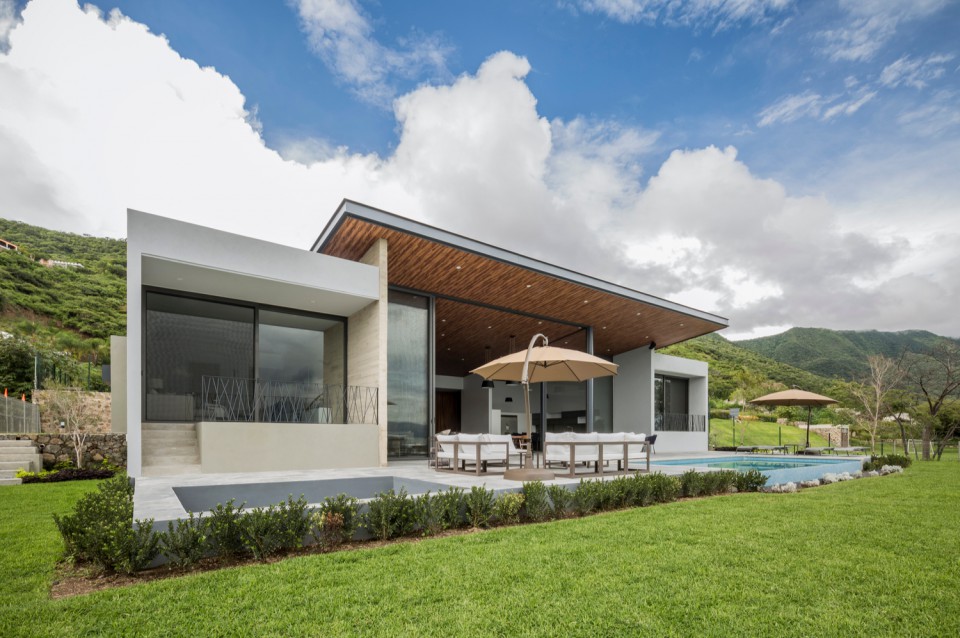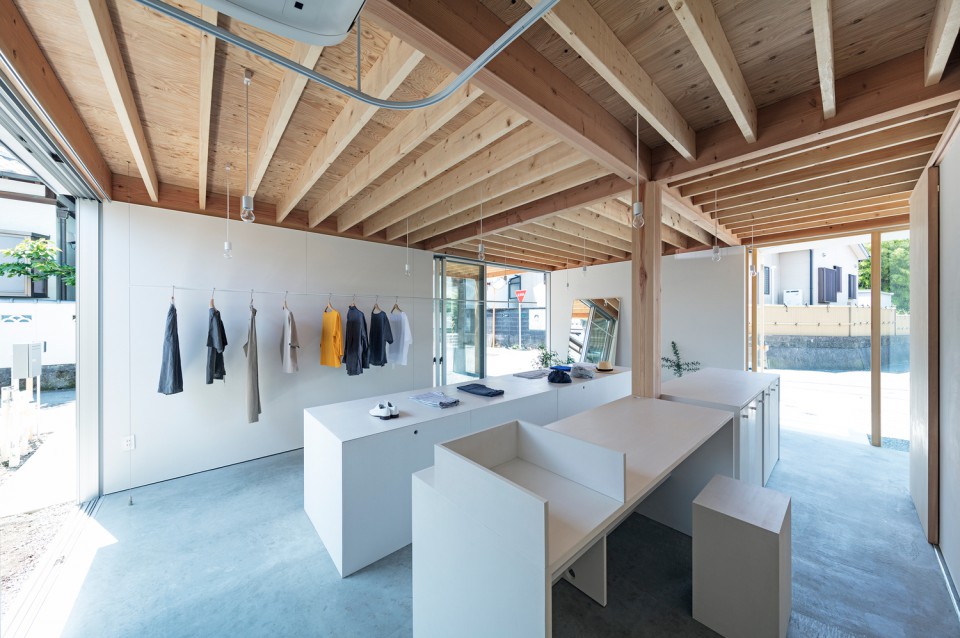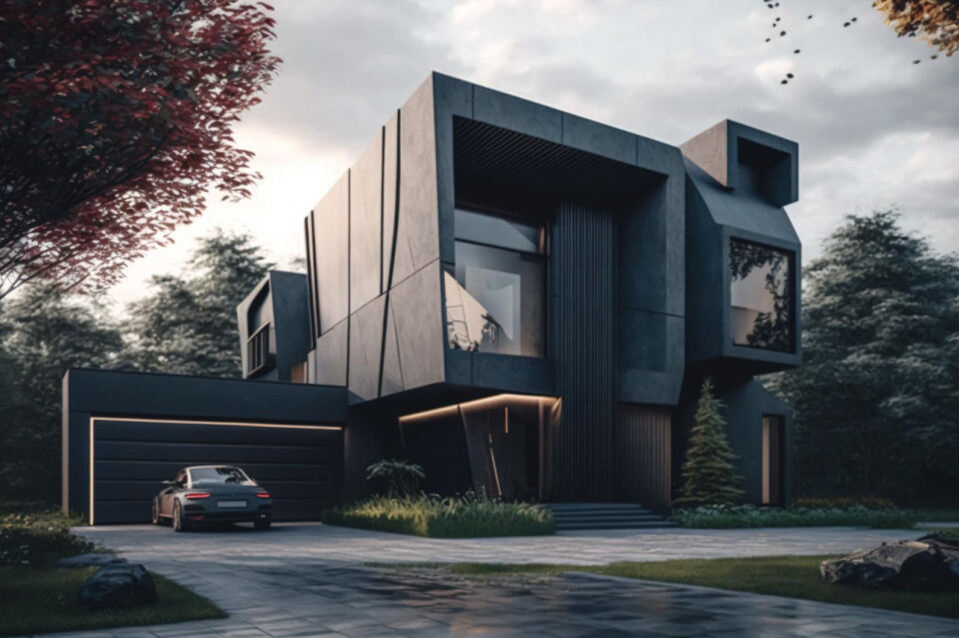Are You Planning to Build Your First Home but Don't Know Where to Start? Here’s the Right Article for You!
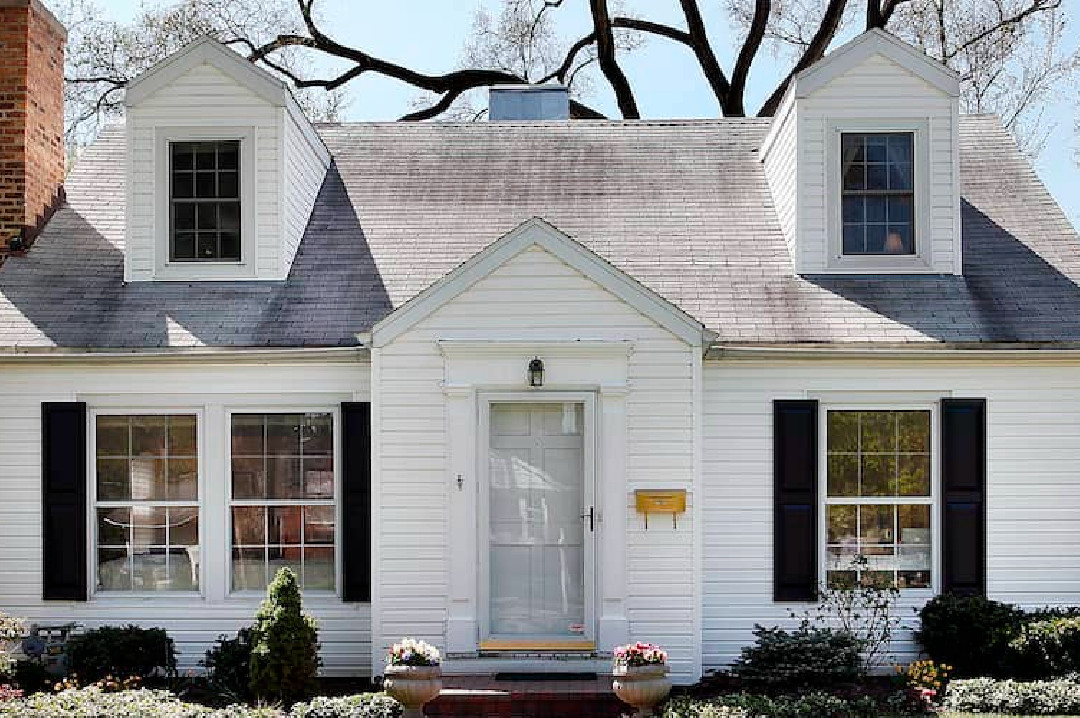
Building your first home is a significant achievement in life. Many people dream of having their dream home, a place where they can build their lives and create precious memories with their families. However, behind that big dream lies a lengthy process. For those who are building a home for the first time, the process can feel quite overwhelming. From budgeting to choosing materials, everything can make your head spin. This article will help you understand the key steps you need to take to make building your first home easier and more directed.
Define Your Home Vision
.jpg)
Source: youngprop.co.za
The first step in building a house is to have a clear understanding of what kind of home you want. Before you talk to an architect or contractor, it’s important to have a big picture of your home’s design. Start by gathering inspiration from various sources. You can find references in interior design magazines, architecture websites, social media like Instagram and Pinterest, or even from visiting friends' or family’s homes.
Consider the following questions:
- Do you want a home with a modern, classic, or perhaps minimalist style?
- How large is the land you have, and what size building do you desire?
- How many bedrooms do you need?
- Do you want to have a garden, garage, or other outdoor areas?
Gathering this inspiration will greatly assist you when you begin communicating with architects or designers. They can translate your ideas into concrete designs.
Set a Realistic Budget

Source: carnation-inc.com
Budgeting is one of the most crucial factors in building a home. Before starting the project, you need to set a realistic and detailed budget. Determine how much money you can allocate for this project, and don’t forget to include a contingency fund for unexpected expenses.
Some costs you need to consider in your budget include:
- Purchase of land (if you haven’t already)
- Architect and interior designer fees for planning the home design
- Material costs for construction, including wood, bricks, cement, steel, and more
- Labor costs for construction workers and contractors
- Building permits, which must be obtained before construction can begin
- Utility installation costs such as electricity, water, and gas
- Interior costs for furniture and decoration after the house is completed
Remember to set aside about 10-15% of the total budget for unexpected costs. For instance, you might need to address unforeseen structural issues or face rising material prices.
Find the Right Location

Source: ors.ie
Location is key to a comfortable and strategic home. Before you start building, make sure you have chosen the right location for your home. Some factors to consider when selecting land include:
- Proximity to your workplace or your children’s school
- Easy access to public facilities like hospitals, shopping centers, and transportation
- A safe and comfortable living environment
Additionally, it’s essential to check local zoning regulations. Some areas have specific regulations regarding building types, building heights, or minimum distances between houses and roads. Don’t forget to check the land conditions as well; whether the land is solid enough for a large structure, or if there are potential issues like flooding or landslides.
Choose the Right Architect or Designer

Source: grupoconfam.com.ar
After defining your big picture and location, it’s time to collaborate with a professional architect or designer. They will help translate your ideas into functional designs that fit your budget. Choosing the right architect is key to the success of your project.
Make sure to choose an architect who:
- Has experience and a portfolio that aligns with the style of home you desire
- Listens to your ideas and needs, and can provide realistic suggestions
- Is able to collaborate effectively, both with you as the homeowner and with contractors and other teams
You can also ask for recommendations from friends or family who have previously worked with architects or look for online reviews.
Obtain Building Permits and Planning

Source: vecteezy.com
Before construction begins, you must ensure that all permits and plans are in place. Each area usually has different regulations, so it’s essential to consult with the authorities in the region where you will build.
Some documents typically needed include:
- Building permit
- Appropriate spatial and zoning plans
- Land certificates to ensure the land you’re using is legal for construction
The process of obtaining permits can sometimes take time, so make sure to plan for this early on.
Select a Trusted Contractor
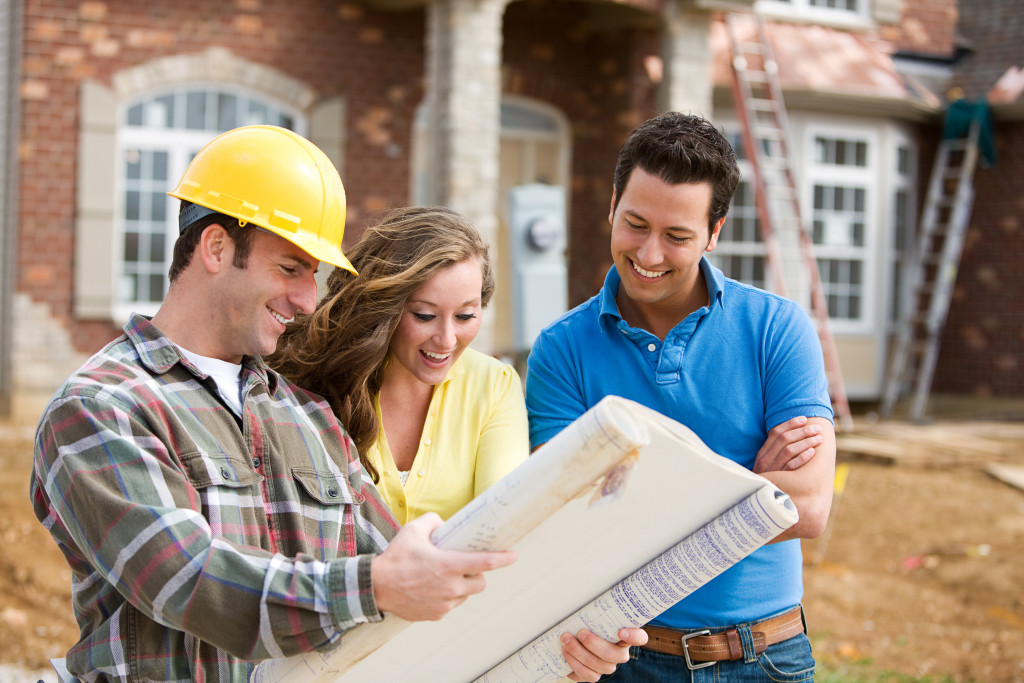
Source: realsproject.org
The contractor is the party that will carry out the construction of your home, so choose wisely. A good contractor will ensure your house is built to high standards and completed on time. Here are some tips for selecting a contractor:
- Check their portfolio of previous projects and ensure their work meets your expectations
- Ask for references from previous clients to gauge their reputation and work quality
- Carefully review the work contract to ensure all details such as costs, deadlines, and materials used are clearly outlined
Also, make sure to create a written contract that includes all work details, including material specifications, payment schedules, and quality guarantees.
Choose the Right Materials

Source: youworkforthem.com
Choosing building materials is one of the most important decisions in the home building process. The materials you select will impact the appearance, quality, and durability of the house. You need to consider several factors when choosing materials:
- The climate in your area. For example, in tropical regions, materials that are resistant to humidity and heat are recommended.
- Aesthetics. Choose materials that match the design style you want, whether it’s modern, classic, or minimalist.
- Budget. Ensure that the chosen materials fit within your established budget.
Additionally, consider using environmentally friendly materials that are more efficient in energy and water use.
Design a Functional and Aesthetic Home

Source: architecturaldigest.in
Besides aesthetics, a good home must also be functional. When designing the layout of the house, ensure that you consider everyday comfort. Think about:
- Air circulation and natural lighting. A good house should have proper ventilation and sufficient sunlight.
- Accessibility and ease of movement within the house. Ensure that every space is easily accessible, especially if you plan to live there long-term.
- Storage. Create enough storage space for your belongings, both in the bedrooms, kitchen, and other areas.
Manage the Project Well

Source: vibe.us
Building a house is a large project that requires good management. Create a realistic schedule and ensure you always monitor the project’s progress. Good communication with the contractor, architect, and construction workers is key to keeping the project running smoothly.
Use a checklist to ensure each phase of the project is completed as planned. Don’t hesitate to make small changes if necessary, but remember that significant changes can lead to delays or increased costs.
Add Personal Touches
:max_bytes(150000):strip_icc()/27374_M.Williams_NC_11033226-e79e1b8e263748c184e835529c920bca.jpg)
Source: southernliving.com
Once the house is completed, it’s time to add your personal touch. Choose furniture, paint colors, and decorations that reflect your personality and lifestyle. Add unique decorative elements, such as artwork, lighting, or plants to create a warm and welcoming atmosphere.
Don’t forget to arrange the outdoor space as well. If you have a garden, create a green area that can serve as a relaxing spot outside your home.
Enjoy the Process

Source: stocksy.com
Finally, remember that building a house is a challenging yet fulfilling journey. Enjoy every step of the way, and don’t hesitate to celebrate each achievement you make. When your house is finally completed, you will feel proud of your own hard work. Building your first home is a big step, and with careful planning, you can turn that dream into reality.
By following the steps outlined above, you can face the process of building your first home with greater confidence. Make sure you are involved in every phase so that the final result truly reflects what you desire. Happy building your dream home!


